Looking for more in Book Lists?
Books for outdoor learning
Language: English
Genre: Animals, Nature
Age group: 6-8, 9-11
Audience: Children, Families
Topics: Heading outdoors
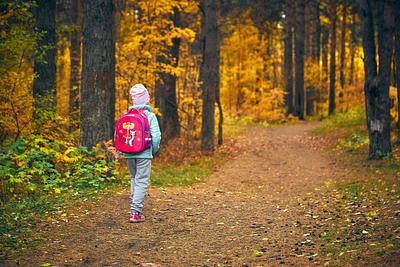
If you are looking for your next read to support outdoor learning, find the perfect book below to inspire you and your class to head outdoors!
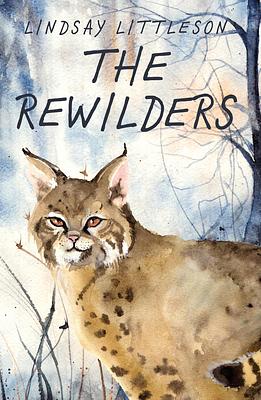
Lindsay Littleson The Rewilders
Esme is dreading staying with her gran for a boring weekend. She isn't ready for a new discovery: the kitten her gran has recently rescued is, in fact, a lynx! Now Esme has to release this lynx back into the wilds. This fast-paced story could help children think about the concepts of wilderness and rewilding and what wild nature looks like.
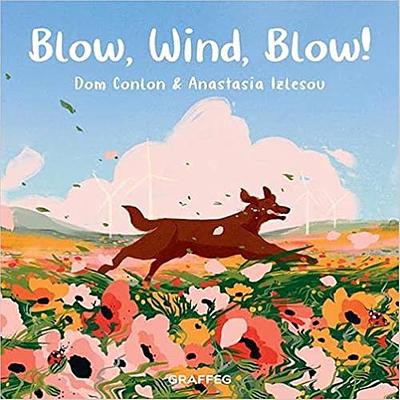
Anastasia Izlesou Dom Conlon Blow, Wind, Blow
Part of the Wild Wanderer series, this books uses poetry to recreate the pattern and life of the wind, complimented by such colourful and stimulating illustrations. A beautiful piece of literature that cleverly captures the life and forms of the wind in its journey across Earth. This book would be perfect for introducing poetry to a class, and for exploring children's knowledge of the wind. This book could be a great opportunity for work around local weather patterns, seasonal differences and environmental changes.
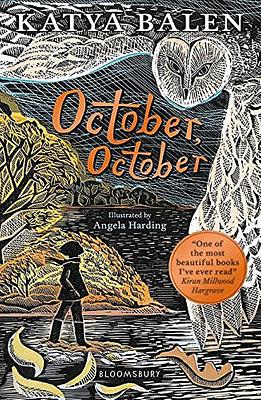
Angela Harding Katya Balen October, October
October and her dad live surrounded by trees, rocks and stars. October loves her wild life, that is, until her father has an accident and she has to live with her mother in the city. This empathetic book is great for starting conversations about living with nature and living away from it.
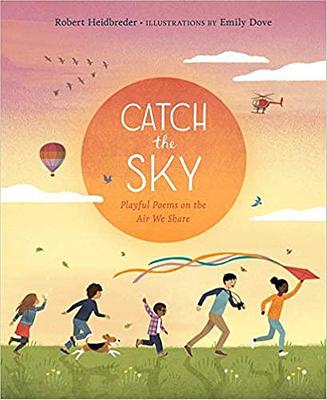
Emily Dove Robert Heldbreder Catch The Sky
Catch the Sky is filled with beautiful illustrations and short verse about all things children from around the world see above their heads. It’s a lovely book to inspire outdoor learning by reading the words together then going outside and casting our gaze upwards and actually seeing what is there. It’s perfect for inspiring outdoor mindfulness activities and finding quiet moments in nature.
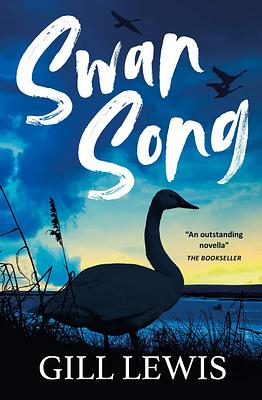
Gill Lewis Swan Song
Excluded from school, Dylan is sent to Wales. When his grandfather takes him out sailing to see the local whooper swans, Dylan starts to feel more like himself again. However, the swan's habitat is threatened by a businessman who wants to build a holiday park. Looking at the environment and how we can protect it, this novel is also a great examination of how spending time with nature can help support mental health and wellbeing.
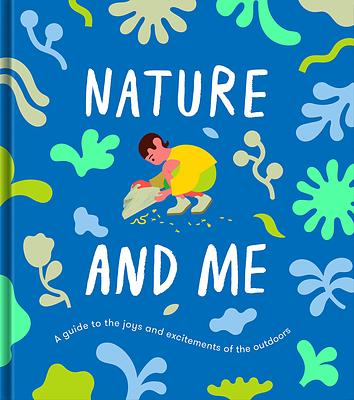
The School of Life Nature and Me
A beautiful book that helps children connect to nature through mindfulness. Using examples in nature like a giant anteater, a flat fish or even a cuddle with a puppy the book helps children reflect on their own life and their place in the world. It offers great opportunities to support resilience lessons, such as using the short piece on sunshine to discuss Seasonal Affective Disorder, and helps explain to children that sometimes we feel sad because of things we can’t control. The book covers things like understanding, hope, change, transition, fear and fun which pupils could use the outdoors to ponder and explore.
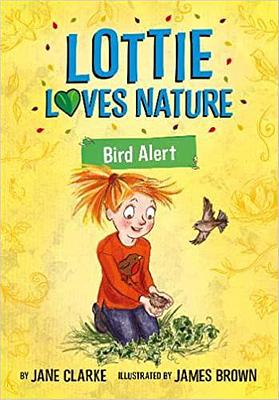
James Brown Jane Clarke Lottie Loves Nature: Bird Alert
A great book to inspire class activities like making a bug hotel, this is a fun book to share. Although it isn't ideal for reading aloud, it can be read in short extracts and make build excitement around the character of Lottie. You could add her to your class as another "pupil" and use her character for expressive arts and creative writing activities. You can encourage children to reflect on her views and thoughts when discussing nature and conservation. These books come with additional materials that can be downloaded and used with your class. With many other books in the series, it is perfect for using all year round to plan activities around the seasons.
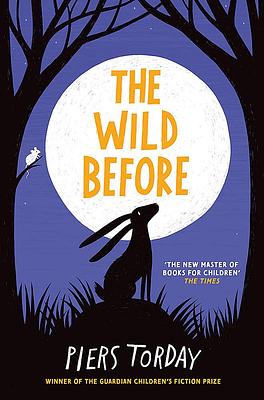
Piers Torday The Wild Before
The prequel to the Last Wild trilogy One frosty winter's night, in The Wild Before a pure white calf is born on an ordinary muddy farm by the light of a silver moon. This is the legendary Mooncalf, whose arrival has been foretold since the dawn of time. According to a dream passed down from animal to animal, if the calf dies, a great terribleness will come - rising seas, a plague, skies raining down fire, the end of all things... and Little Hare vows to persuade all the animals to protect Mooncalf, whatever the cost. As a class novel there is plenty scope for discussion topics and links to children’s rights, and looking at eco systems. It would also work well for novel studies and the collection could be used between stages to help with transition.
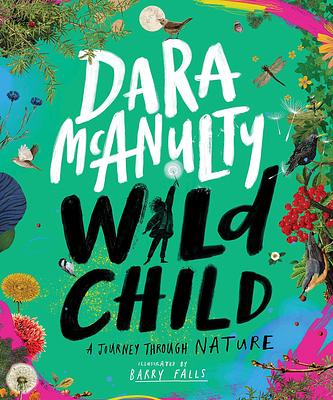
Barry Falls Dara McAnulty Wild Child: A Journey Through Nature
Beautifully laid out, this book is a mixture of facts, poetry, activity ideas presented as you join Dara on a nature walk and experience the joy of connecting with the natural world on your multi-sensory journey. The book is divided into five sections: looking out of the window, venturing out into the garden, walking in the woods, investigating heathland and wandering on the river bank. Each section contains a discovery section where you will have a closer look at natural phenomenon such as metamorphoses and migration, learn about categorization in the animal kingdom or become an expert on the collective nouns for birds. With activity ideas for each section, it is easy to see how this could be used as a starting point for outdoor learning.
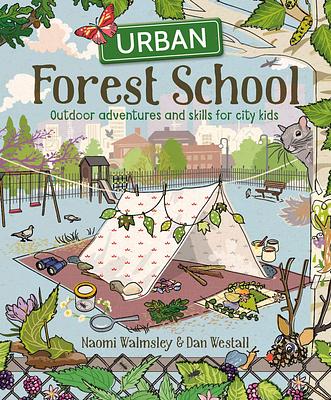
Dan Westall Naomi Walmsley Urban Forest School
A practical and easy guide to outdoor learning, this book is perfect for using with early years to upper primary. Each chapter covers different areas, clearly organised as idea, resources, class management strategies and check lists. Starting with the very basics of outdoor learning, the book goes on to cover caring for nature and embedding outdoor learning in your setting. Outdoor learning can be fun and very engaging but it must be carried out with full consideration to risk assessments, child safety, protection of nature and progressive learning. This book will give you all the information and the foundation you need to get stuck into outdoor learning.
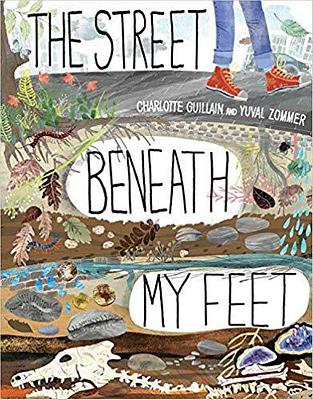
Charlotte Guillain Yuval Zommer The Street Beneath my Feet
This double-sided foldout book takes you on a fascinating journey deep underground. One side of the foldout shows the ground beneath the city, whilst the reverse side shows the ground beneath the countryside. The underground scenes include tunnels and pipes, creatures' burrows, layers of rock and the planet’s molten core, and run seamlessly into the next. Mixing urban and rural settings, covering subjects such as geology, archaeology and natural history, The Street Beneath My Feet offers children the opportunity to explore their world through a detailed learning experience. And its fold-out, 'laperello’ style, which extends to 2.5 metres in length, is ideal for spreading out on the floor to pore over for hours.
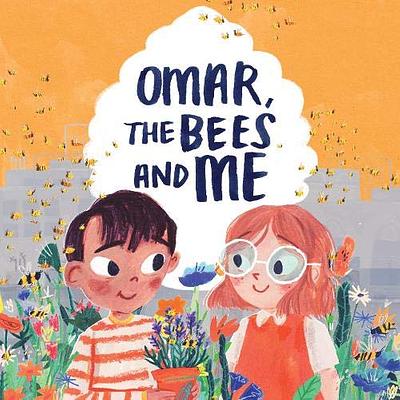
Helen Mortimer Omar, The Bees and Me
An uplifting story on sustainability, Omar, The Bees and Me encourages children to look after nature in local communities planting wild flowers to form bee corridors. This is ideal for exploring nature in the local area, and would inspire links to planting wild flowers and exploring rewilding. It would also offer scope to discuss bees, bee hives and making honey. This book offers lots of opportunities for a cross-curricular project.
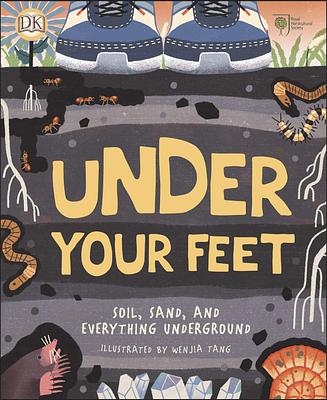
Royal Horticultural Society Wenjia Tang Under Your Feet
Written by The Royal Horticultural Society, this book delves beneath the Earth's surface to explore the wonders hidden there. It is a great book to use as part of STEM project or activities, encouraging learning about soil and dirt in your own back garden. It covers a wide range of soil types and plants from around the world, and would be ideal for sharing during any plant-growing experiments.
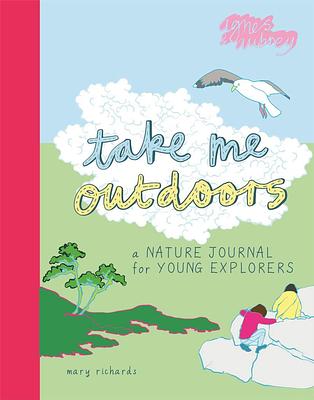
Mary Richards Take Me Outdoors
A nature journal, divided into five adventure chapters, this book encourages the reader to get outdoors and make recordings from their observations of their surroundings. The journal encourages children to think carefully about their world as they observe and record it. It's also a great tool to use for creative writing, using their notes, drawings and observations on the natural world to inspire their own writing.
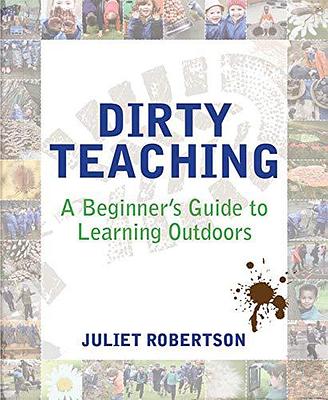
Juliet Robertson Dirty Teaching
Drawing on academic research, Juliet explains why learning outdoors is so beneficial and provides plenty of tips and activities to help you to integrate outdoor learning into your teaching practice, providing a broad range of engaging outdoor experiences for your students.